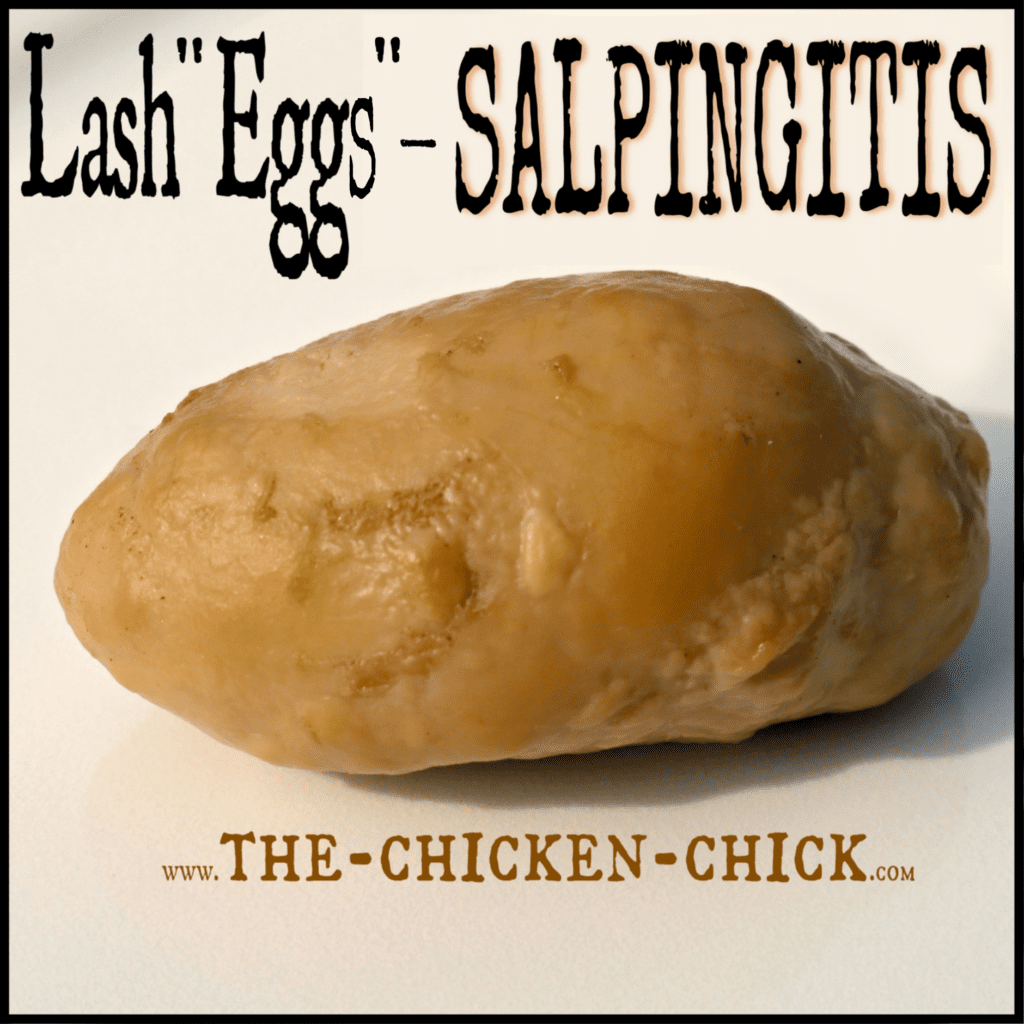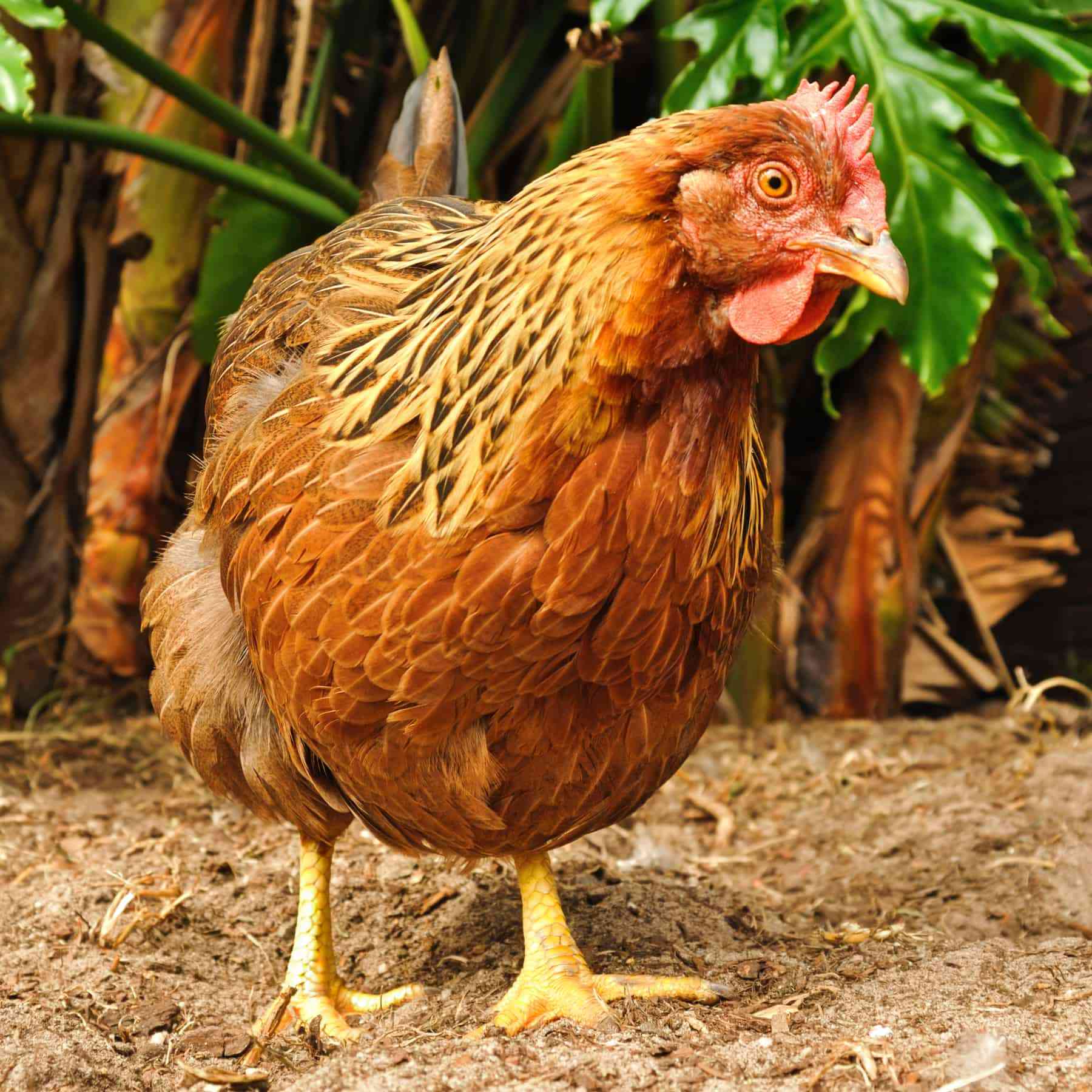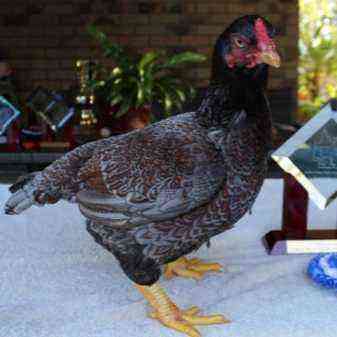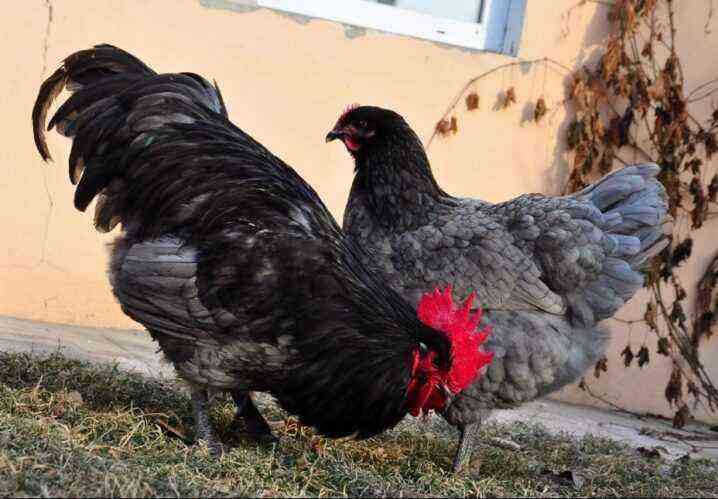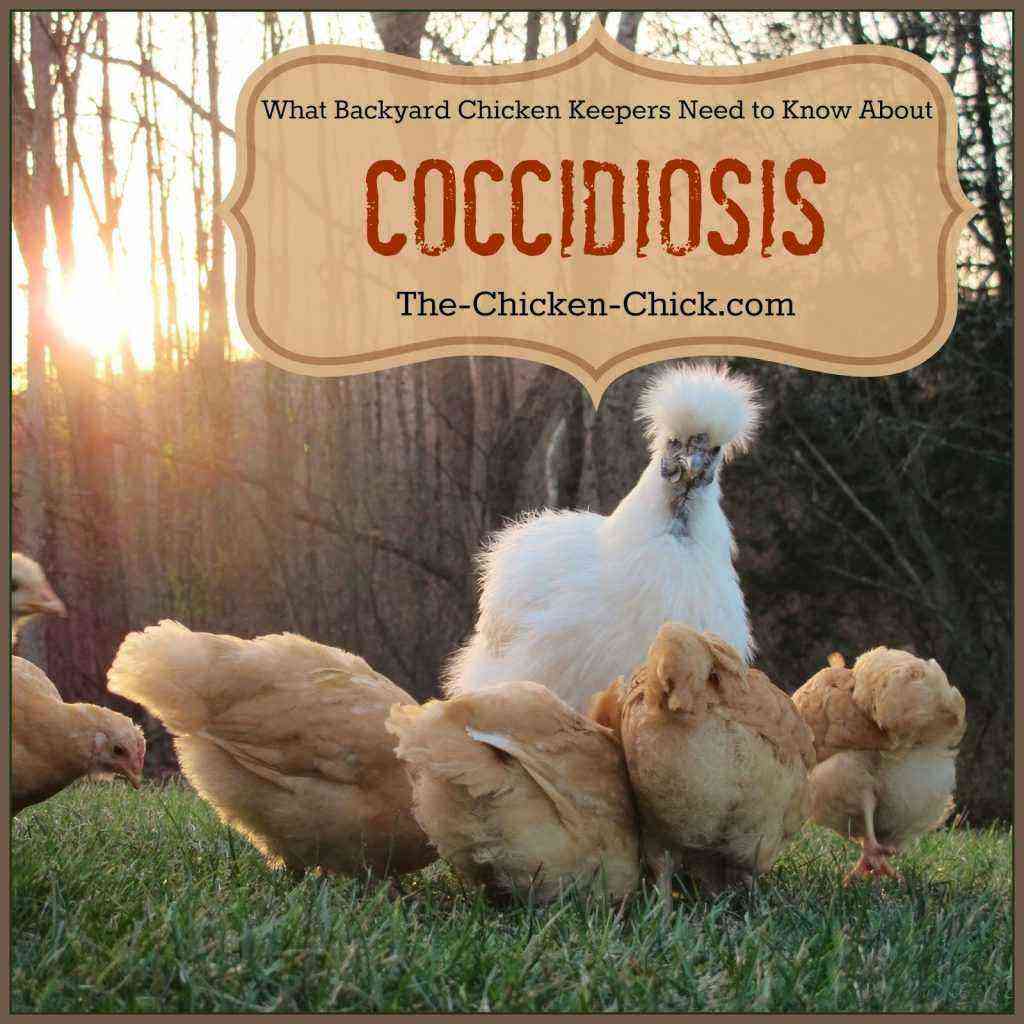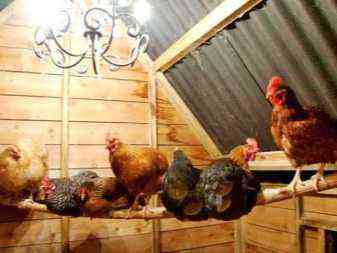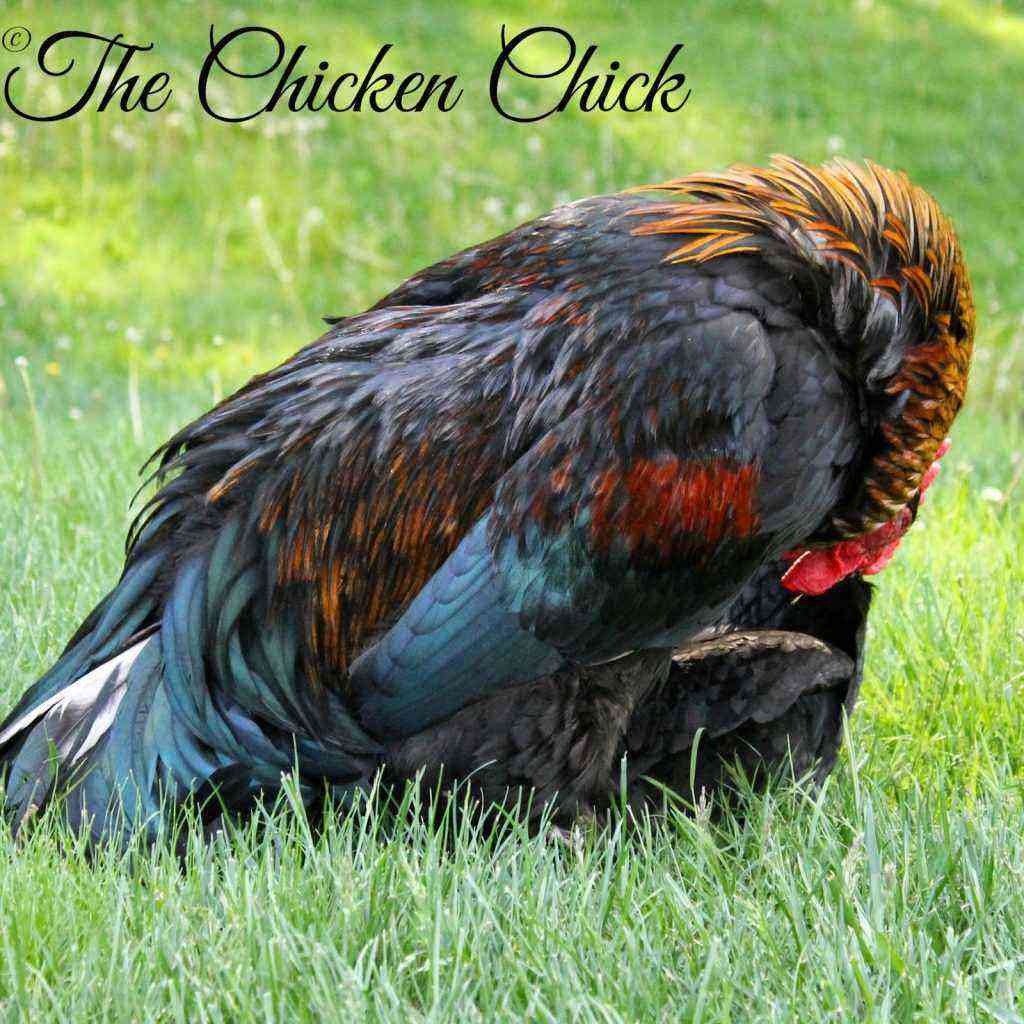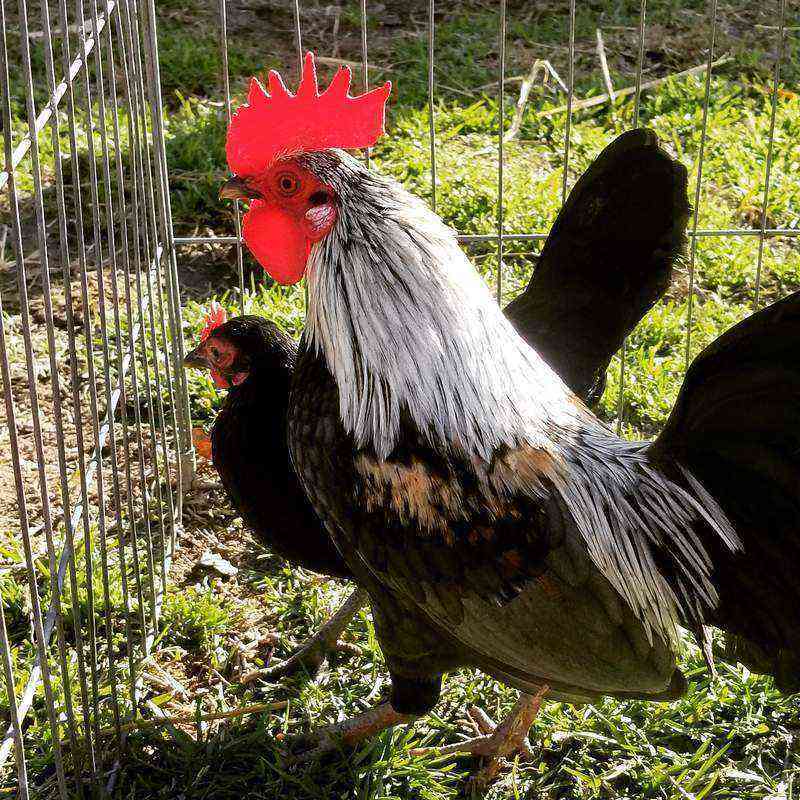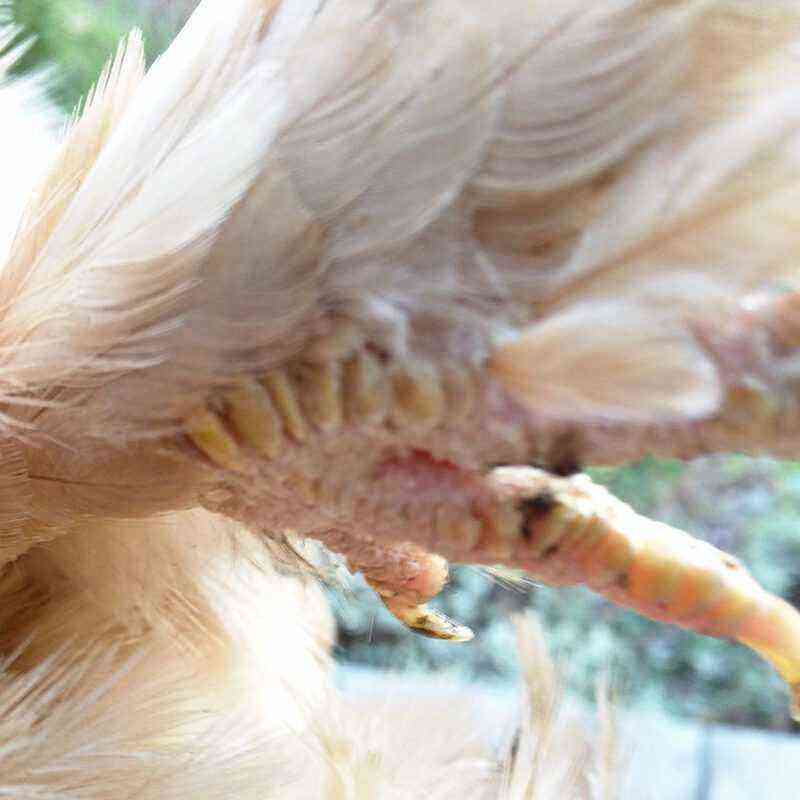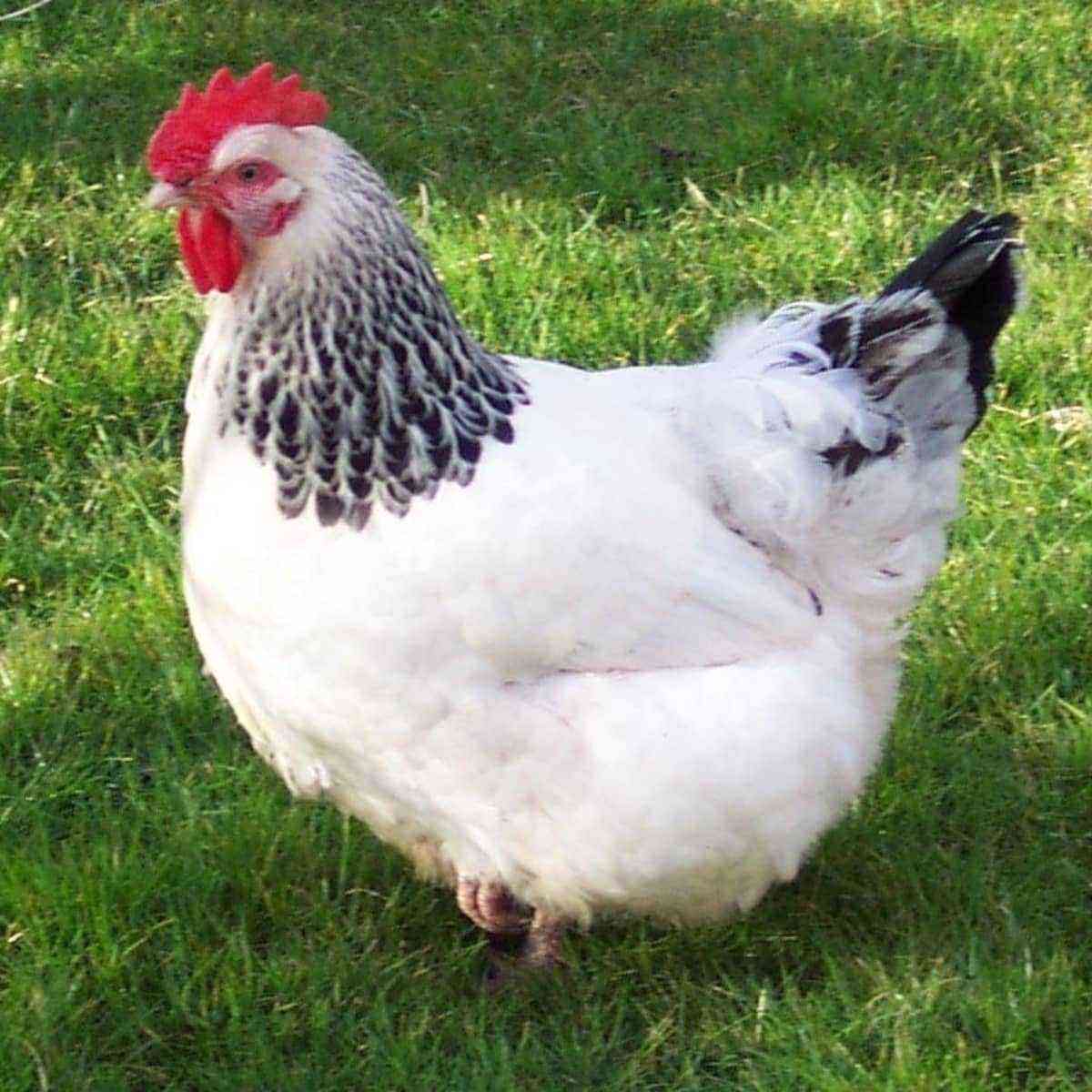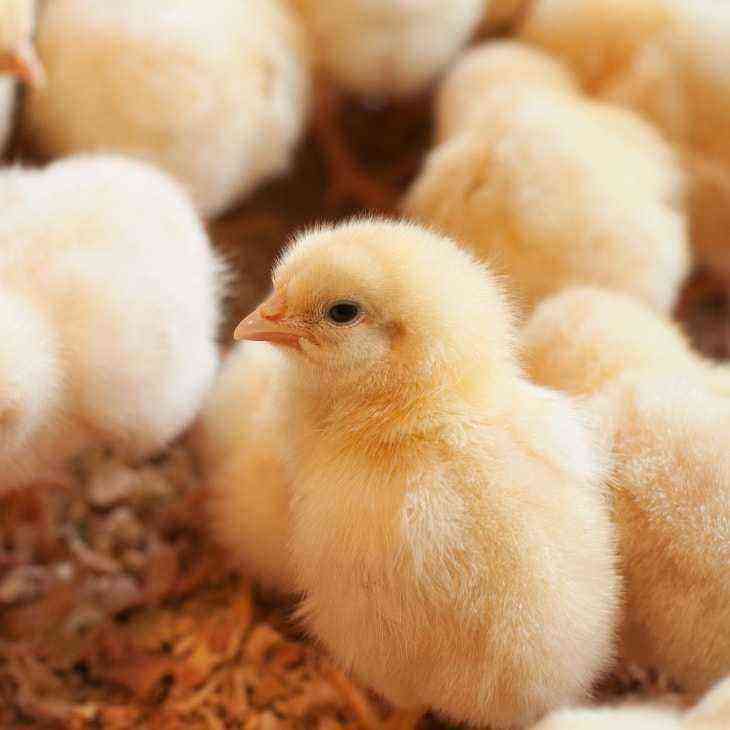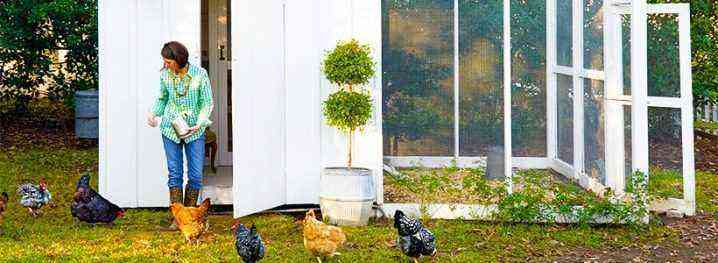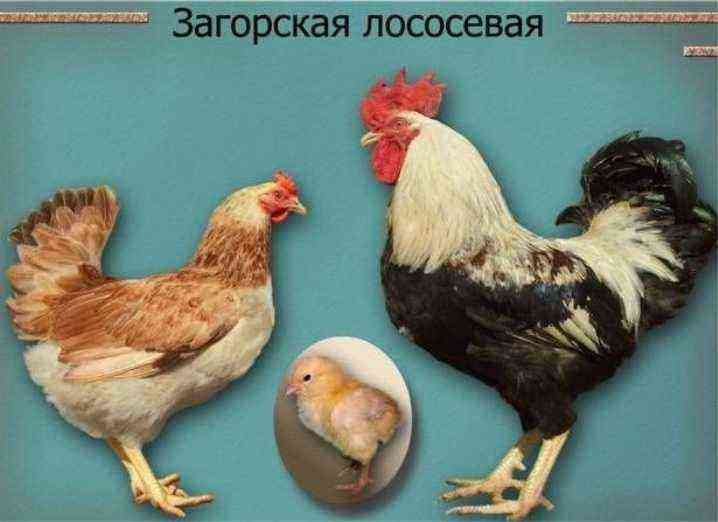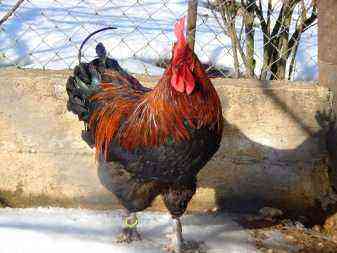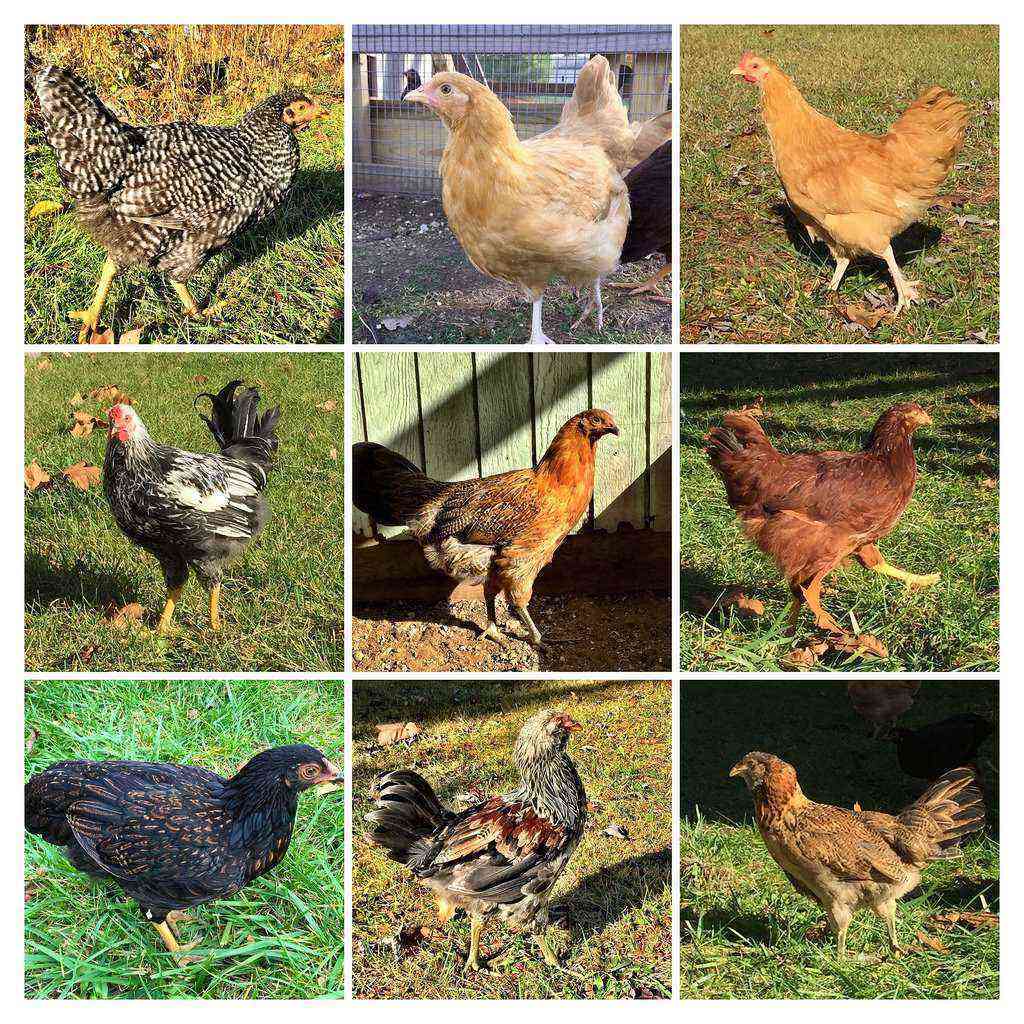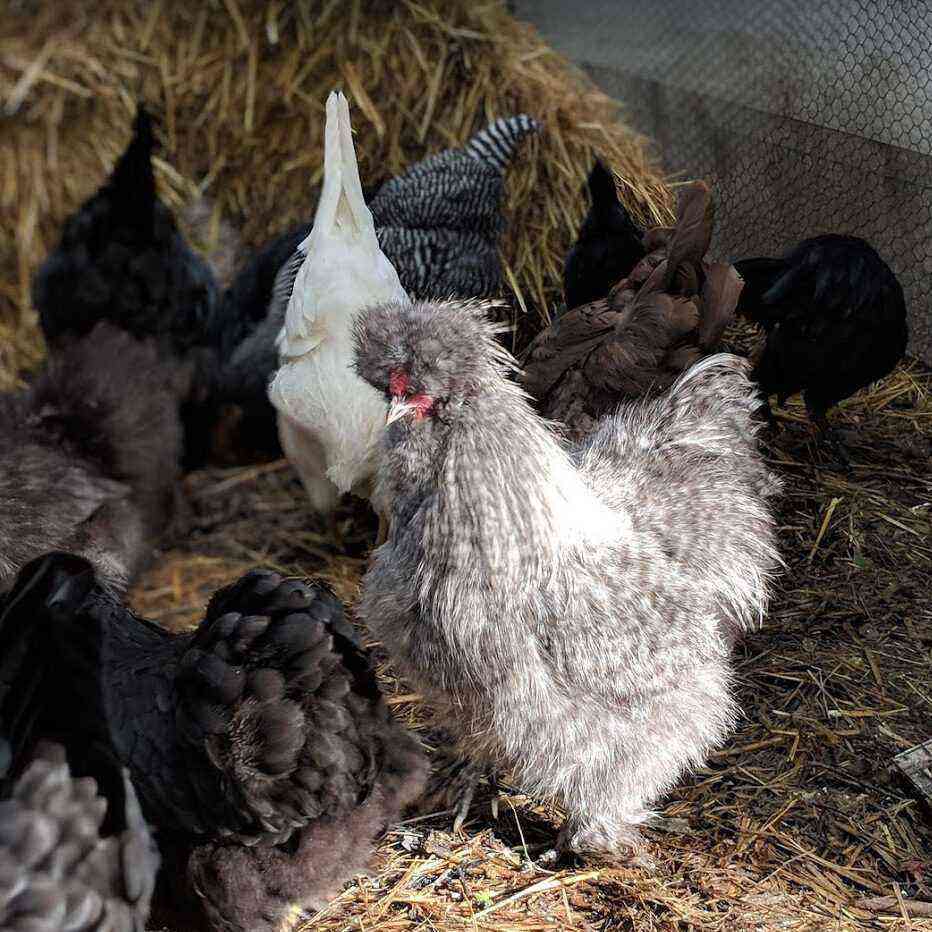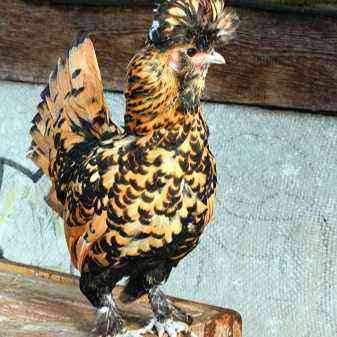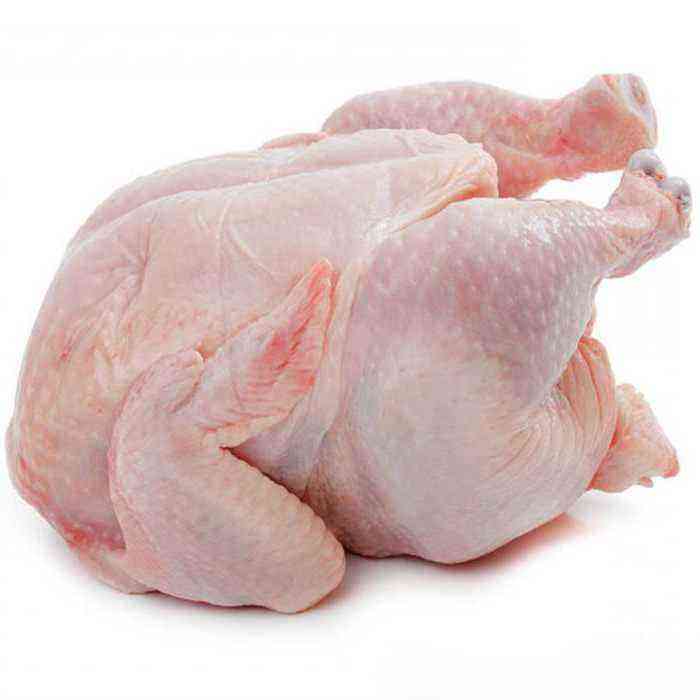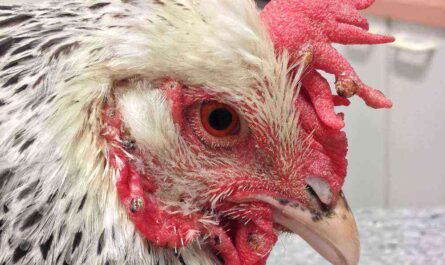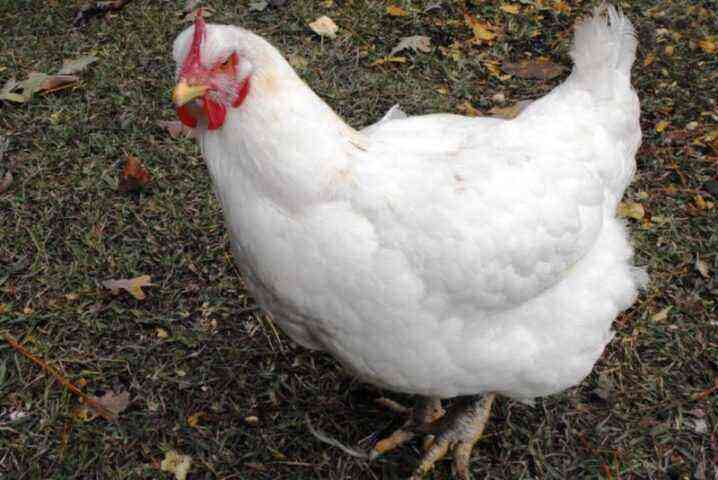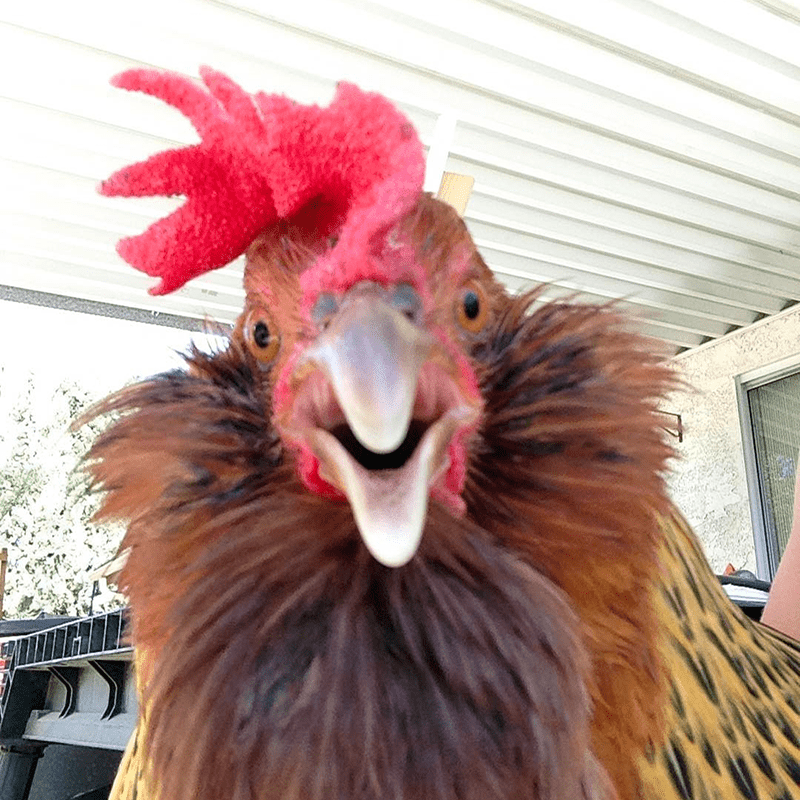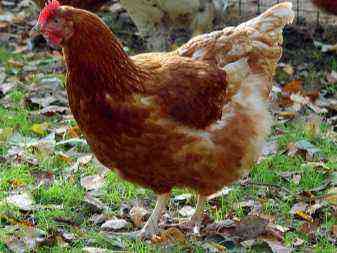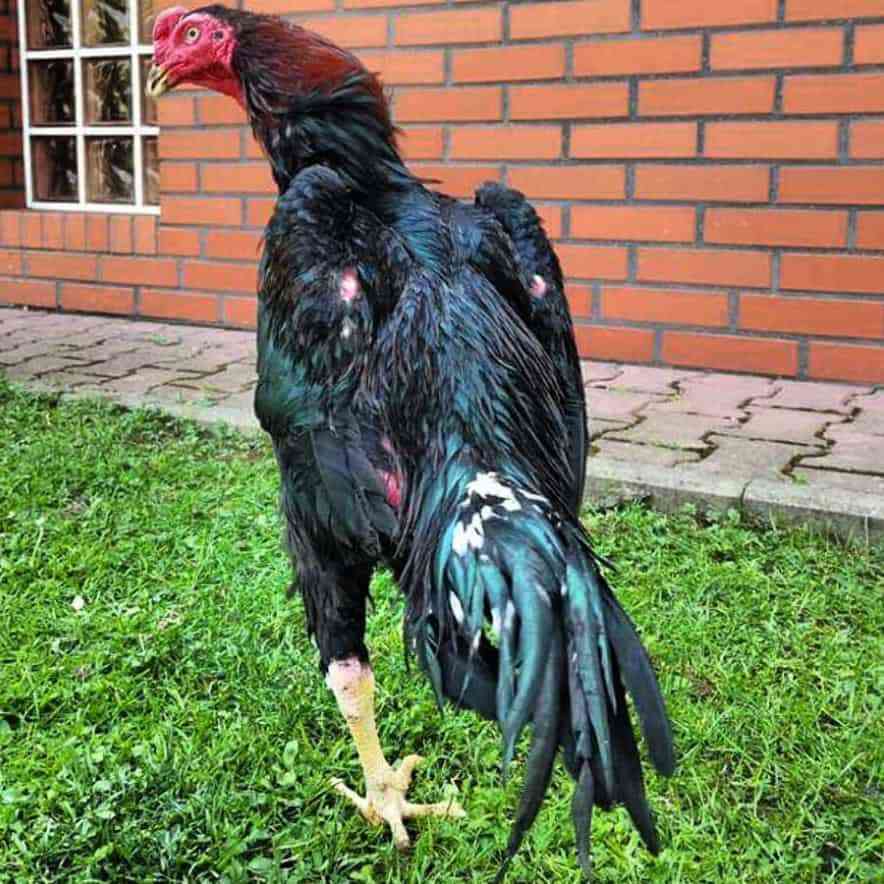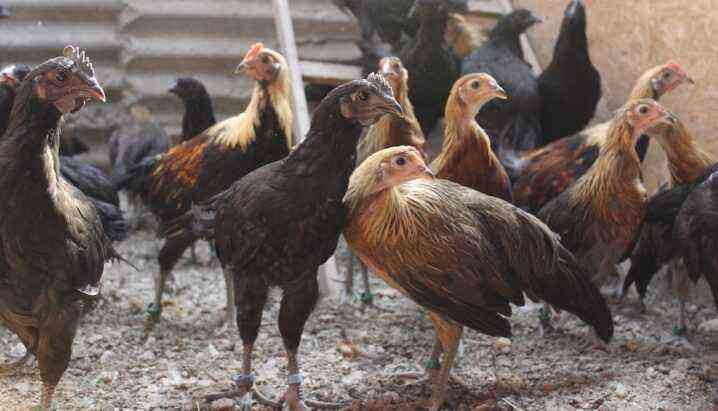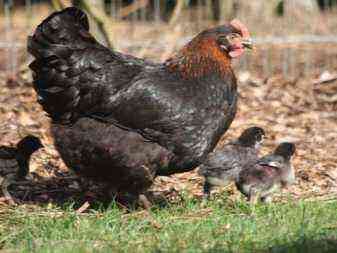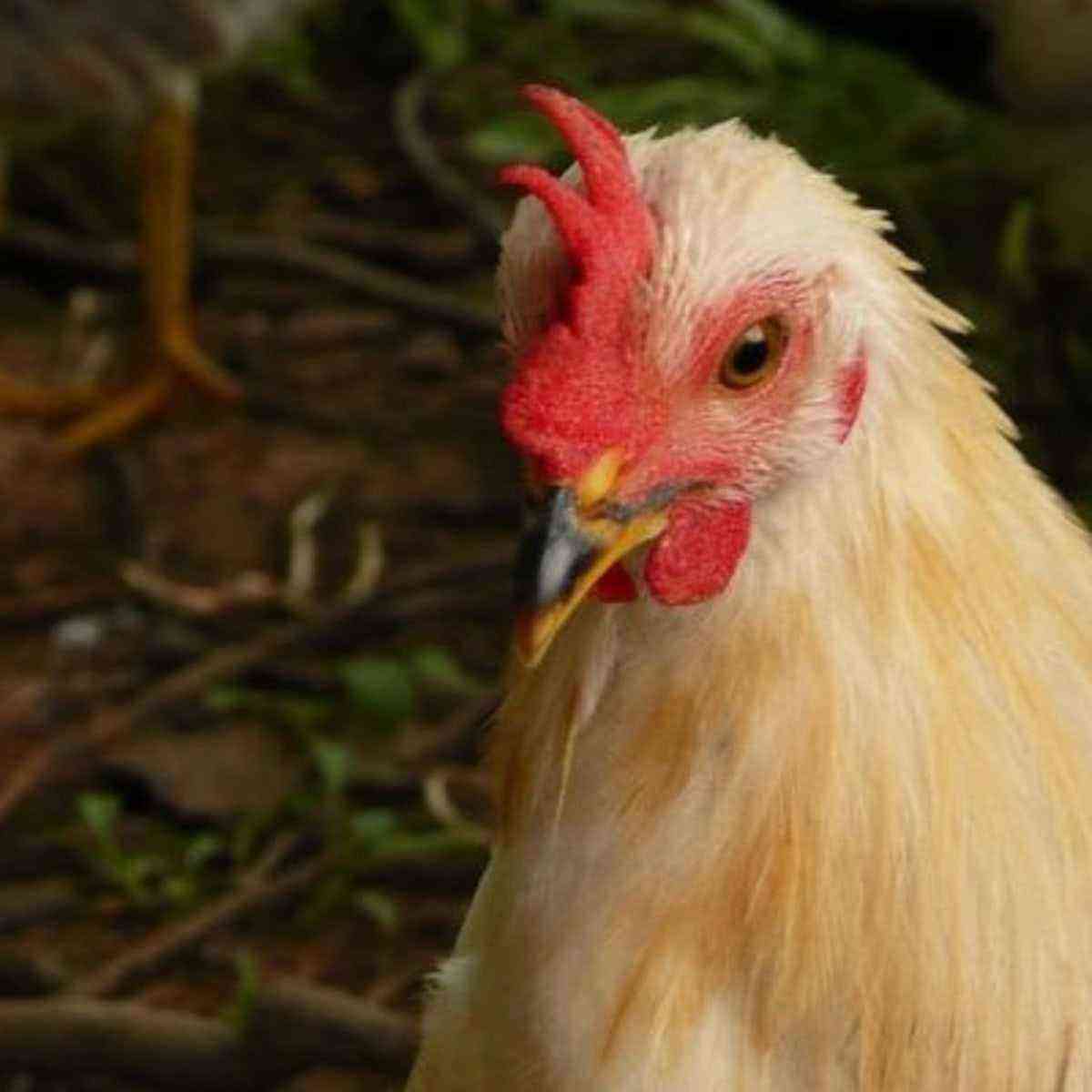Newly hatched chicks are very vulnerable in the first days of life and often die under adverse conditions. But if the poultry farmer competently approaches the choice of feed and conditions for keeping day-old chicks, the mortality rate will decrease significantly. What are the features of keeping chickens and feeding them, how can diseases common among young animals be excluded – we will consider all these important issues in our article.
Features
One of the most cost-effective areas in agriculture is the cultivation of poultry (pedigree chickens, laying hens, broilers). Often, for these purposes, novice poultry farmers buy barely hatched day-old chicks, the price of which is more attractive than the price of grown young. This is associated with great risks, since day-old chicks are not yet immune, and the likelihood of illness or death is high. In order for the purchase to be successful and all the chickens to survive, it is necessary to take into account some features when choosing a daily bird.
- The most optimal season for rearing chicks is spring. It is better to buy day old chicks from the second half of April to May. In addition to the heat and intense sun that provides vitamin D, this is the time for the first greens for chicken food, which are rich in vitamins and nutrients.
- The farm where the young birds will be purchased must be with a good reputation, preferably a professional direction.
- Choose chicks that are steady, moving, and squeaking.
- Appearance plays a big role when buying. The eyes of healthy chicks shine, the kids already know how to peck food. The beak is even, pigmented, the fluff is dry, without sticky lumps. The head of the chicken should be kept straight, the back straight.
- Pay attention to the umbilical cord. In a day old chick, it should be overgrown and free of discharge that may indicate an infection.
- You also need to examine the cesspool, normally it will be pink, clean, with moist skin.
- Chicks must respond to sounds. This is usually a fearful reaction, which is normal.
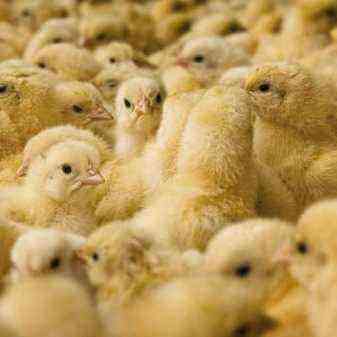
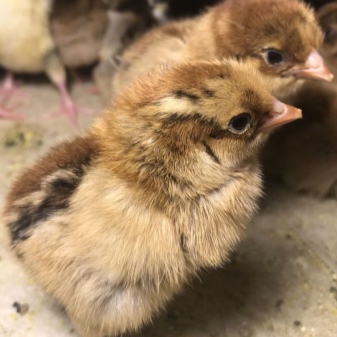
How to determine gender?
Many poultry farmers prefer to select chicks by gender. If the focus of poultry farming is egg, then a large number of laying hens are needed.
Poultry meat production is best based on male cockerels, as their adult weight is greater than that of a chicken.
There are several ways to distinguish a chicken from a cockerel.
- Japanese technique. Has a certainty of about 95% and can show gender. On it, you need to carefully examine the genital organ of the chicken – the cloaca. This should be done delicately, not allowing the chicken to be very frightened and without causing him pain. For this chick, you need to pick it up in a special way.
- Take it with all the fingers of the left hand, carefully holding the head of the chicken between the ring finger and little finger, turn it upside down. The paws should be fixed between the index and middle fingers of the left hand. You need to act carefully, without damaging the fragile chick. With the index finger and thumb of the right hand, push the fluff near the cloaca.
- Clean the cloaca of feces with a damp cloth. Then, with the fingers of the right hand, push the sphincter apart, as if turning it outward, while slightly pressing on the abdomen so that the genital organ is better visible. When pressed, the chick can perform an act of defecation, after which the cloaca will need to be wiped.
- Carefully examine the structure of the penis. Males will have a small genital tubercle. In chickens, the sexual structure looks like a neat, smooth knot.

- The folk way of turning over is quite reliable. You need to carefully take the baby by the foot, turn it upside down. In cockerels, the head will remain elongated below, and the future chicken will bend its head to the body, trying to group.

- Folk method for fluff. It is impossible to say how true he is, but many poultry farmers claim that chickens have more fluff and more fluff than cockerels.
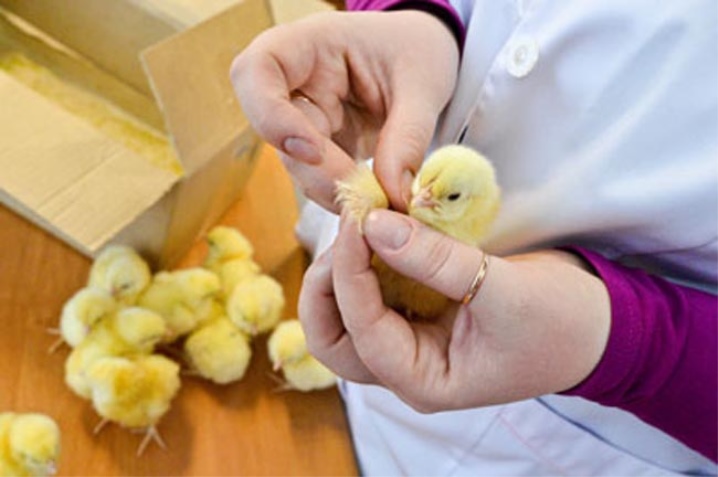
- In an older bird, sex is determined by the wings. Having spread the wing so that all the feathers become visible, you need to pay attention to their plumage. In hens, the flight feathers are longer and covered with feathers earlier than in males.
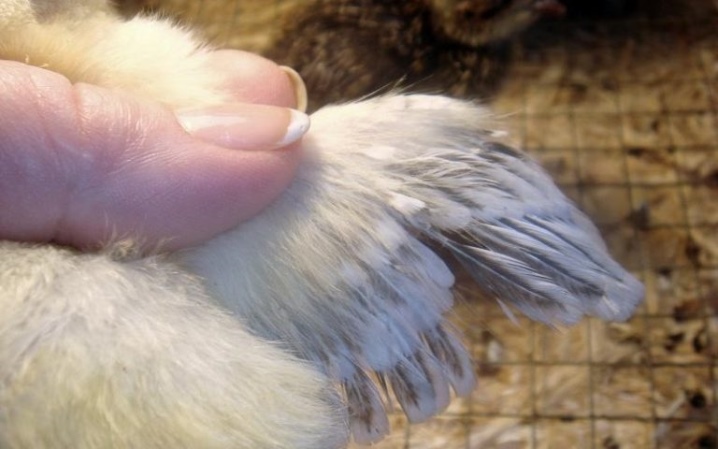
Conditions for keeping
Newly hatched chicks require enhanced care, a special diet, maintaining the right temperature and light regime. The favorable course of these factors directly affects whether the bird grows to adulthood. To grow poultry at home, a poultry farmer needs to know the features of keeping day-old chickens, as well as create favorable conditions for the growth of babies and provide for the following nuances.
- First dwelling. For chicks, it can be a large cardboard box placed in a warm, dry room. The norm of settlement of chickens of daily age will be 20-25 heads per 1 square meter. As they grow older, after 28-35 days, the norm will already be 15-17 heads per 1 square meter. The bottom of the box should not be cold and damp, as this will lead to colds in young animals. At first, it is better to lay diapers on the floor (made of fabric, not disposable) and change them as they get dirty.
- Providing heat and light. Chickens up to 4 weeks of age need a warm microclimate with a temperature not lower than +30 degrees, and on the first day it is necessary to provide a temperature of + 33-35 degrees. Drafts are not allowed. Keeping babies under an infrared lamp will help extend the light regime, the round-the-clock illumination of which is mandatory for chicks in the first 2 weeks of life.
- Drinking habit. The hatched chicken does not know how to drink, this skill is acquired by him in 1-2 days. The poultry farmer should independently feed each chick. Water should be given clean, and preferably boiled, with a content of light pink potassium permanganate.
- Active growth of chickens in their first 7-10 days of life. Such rapid growth is accompanied by an increased appetite of the chicks, so there should always be food in their feeder. At first, it is better to sprinkle the food on the floor and replenish it periodically. Then you need to install a feeder that will provide access for each baby to the feed, but at the same time they should not stand with their paws in the container in order to avoid clogging the food with droppings. The diet should contain a maximum of vitamins, minerals and nutrients.
- Removal of weak individuals. They are often found among the livestock, as a rule, they are smaller than the rest, they are the last to take food, some cannot even stand on their feet. A prerequisite for their maintenance is to put them in a separate box, where the rest of the livestock will not interfere with the chicken eating and drinking, pushing and stepping. In a calm environment, a weak chicken is easier to care for, it will gain weight faster and will soon catch up with its brethren in weight.
What to feed in the first days of life?
Hatched chickens need a special diet, a quarter of which should be high-quality protein. Modern specialized compound feeds fully provide the chicks with everything they need, they are also called “null” because of the fine grinding and the increased content of nutrients. But in their absence, the poultry farmer, knowing some of the features, can independently establish successful feeding of babies.
Newborn chicks need to be fed 11-15 hours after birth, as they have a food reflex at this time. As the first food, corn grits are like, gradually you need to introduce finely crushed yolk from a boiled egg with the addition of semolina for friability. The digestive system is still being formed and needs to be populated by beneficial microflora. For this, dry low-fat cottage cheese (finely pounded), whey, lean kefir are well suited – they can be added a little bit to the mixture of cereals. It is better to refuse milk, it can give an upset in the form of diarrhea.
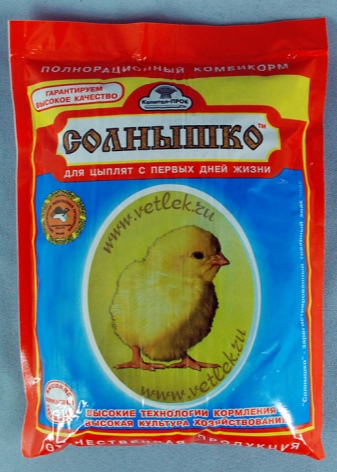
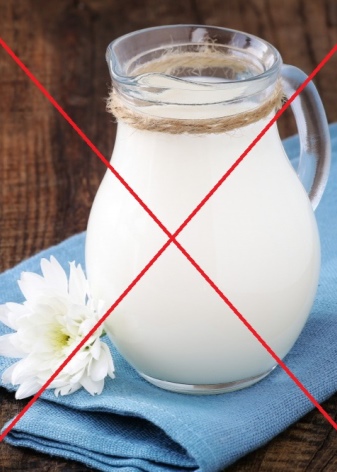
Already on the second day of life, chicks should definitely be given fresh chopped greens (nettles scalded with boiling water, fresh grass) – this will teach them to peck green food, which well saturate the small body with vitamins. For 3-4 days, cereals (wheat or barley), grated boiled vegetables (potatoes, carrots) are introduced into the diet of chickens.
Week-old chickens are given a mix of corn, wheat, barley groats, greens and boiled vegetables, low-fat sour-milk products.
Be sure to check the fullness of the crops of each chicken (especially in the first week): if the crop is empty, you need to feed the chick separately.
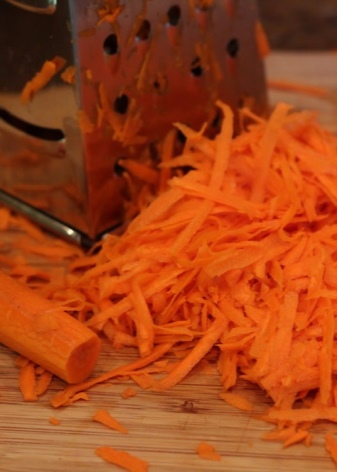
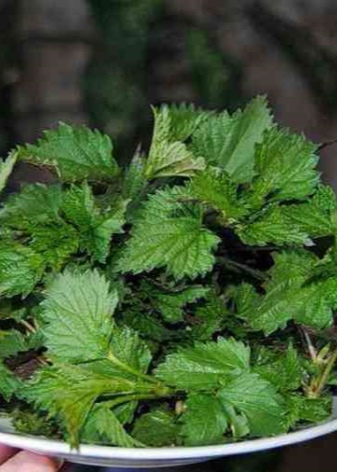
Nutritional norms
Feeding day-old chicks should be frequent, food should be given strictly on time – every 2-2,5 hours, including at night. Night feedings stop with the end of night illumination at about the age of 7-10 days. By 6-7 days and up to 1 month, the number of feedings per day is 7 times, and only by the age of one month this number is reduced to 5-6 times.
The feed rate for small chickens is 1,5-2 tbsp. spoons per chick per day, gradually increasing with the growth of the chick. If you feed young animals with homemade feed, then they must be supplemented with vitamins and microelements. In this case, food can be of two types – dry and wet. Soft, moist food is digested faster and is better suited for rapid weight gain. Dry mixes give long digestion and slow saturation, they are recommended to be given in the evening or at night.
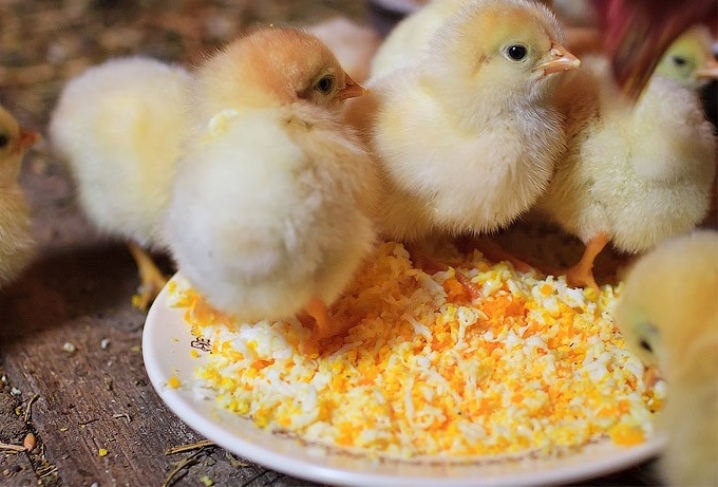
In proportion, the entire daily ration per chick, as it matures, is presented in the table (in grams):
Soldering
Without ordinary, clean water, chickens cannot be grown, and for chicks on the first day it should be given in small quantities. To begin with, a 0,5-1 liter jar is suitable, turned into a special drinking bowl with a dispenser. It is recommended to water the chickens in the first week with a weak pale pink solution of manganese – this will ensure the prevention of intestinal disorders. For the same purpose, babies are given boiled water or diluted decoctions of chamomile, calendula, yarrow. Drinking should not be cold (not lower than 19-20 degrees).
Some poultry farmers prefer to feed their day-old chicks with antibiotics right away. This will improve the health of the chicks and avoid many problems. Along with antibiotics, probiotics are also given. This must be done correctly, following the dosages. For questions related to drugs and dosages suitable for feeding babies, it is better to consult a specialist.
Usually prescribed “Enroxil”, “Baytril”, “Nutril”, “Baikoks” and others.
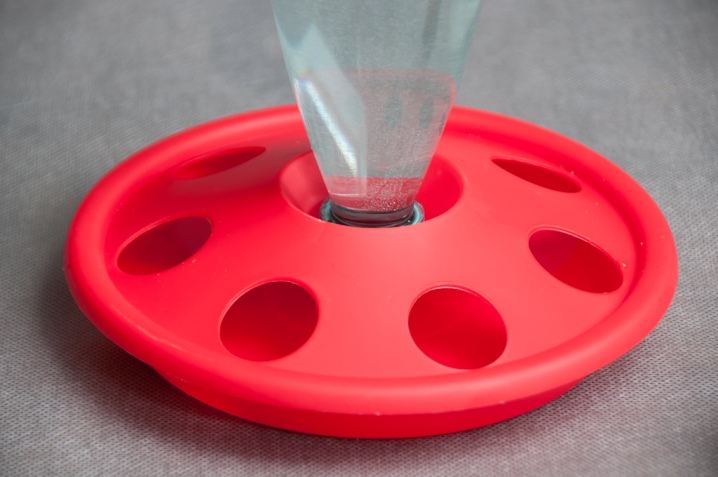
Possible problems
Despite careful care, good feeding and maintenance, the poultry farmer may encounter health problems when raising chickens. Having noticed them in time, it is important to take urgent action to save the lives of vulnerable chicks. Their most common problems are:
- poisoning and intestinal upset;
- avitaminosis;
- infections (typhoid, coccidiosis, salmonellosis).
What the chicks got sick and how to treat them, the symptoms of diseases will tell. The manifestation of the disorder, infections and poisoning is diarrhea.
- White diarrhea in chickens signals salmonella, from which a thorough cleaning of the house, disinfection of feeders, and good air exchange in the room will help to save the brood. Chickens with this disease have watery eyes, a runny nose and drowsiness.
- Yellow diarrhea is a common occurrence, occurs due to poor-quality feed, frequent stress in chickens, and hypothermia. It can also be caused by infections (for example, Gumboro disease), which are detected by testing. After determining the cause of the diarrhea, the chicks are treated accordingly and the coop is disinfected.
- Bloody diarrhea often occurs due to dangerous coccidosis. Most of the livestock can be saved by doing a timely general cleaning of the premises, disinfection of feeders and drinkers. Such bloody diarrhea is also accompanied by a lethargic state of the chicks, lack of appetite, ruffled feathers and down, the presence of mucus and blood in the litter.
- Green diarrhea indicates an infection – pasteurellosis, which a veterinarian will help to cure correctly. Also, greens in the litter are a sign of poor-quality food or an excess of grass in the diet.
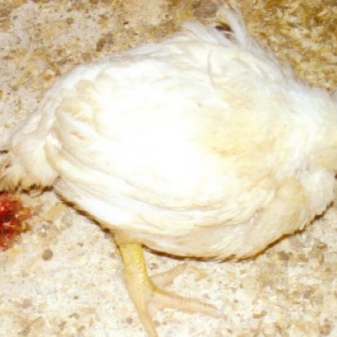
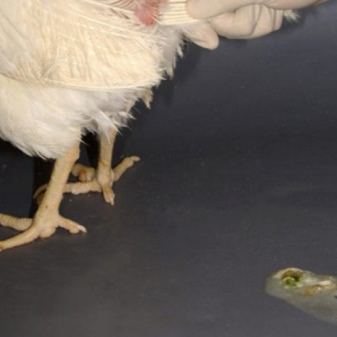
With any deviation in the health of the young, you should immediately contact a veterinarian who will prescribe the correct treatment. The poultry farmer must comply with disease prevention measures, which include:
- cleaning feeders from feed residues, periodic cleaning and disinfection of the poultry house;
- quality feed and quality drinking water;
- lack of overcrowding in livestock;
- maintaining the optimum temperature;
- vaccination.
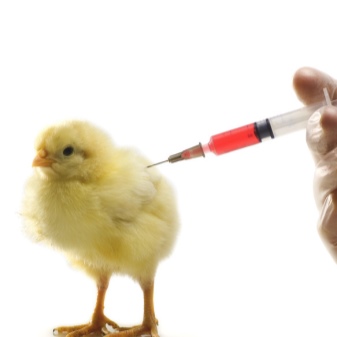
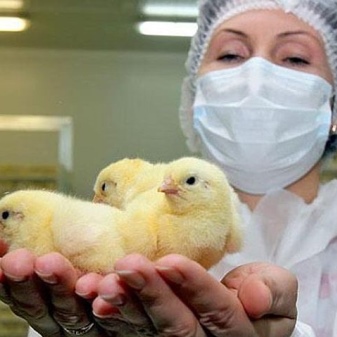
For information on what to feed and what conditions are needed to keep day-old chicks, see the following video.
